5 Steps to Fix Your Leaky Roof
Finding a roof leak is stressful. Not knowing where the roof leak is coming from or how to fix it is even more stressful. Trust us, we’ve been there...
Roof leaks are well known for their ability to cause all kinds of trouble, headache, and pain. They’re a nuisance to deal with, they’re hard to pinpoint, and if you don’t take care of them quickly, you can find yourself in a seriously sticky situation.
That being said, it’s still an expensive project to do, especially when it’s done on short notice. So, despite the warnings about the potential damage, you’d be forgiven if you asked about how long you can leave the roof leak unattended before it starts to really, REALLY be a problem.
This is something that we haven’t directly addressed before, so you can consider it a leak in our content that we just noticed. Now, typically when we see something that we should write about, it gets added to the queue, goes through the motions of planning, writing, editing, and eventually publishing a few weeks later. But for this blog? The process has been expedited down to a week. This blog is being published on Friday, and we saw that we needed to write about this on Tuesday. How’s that for a fast response time?
We’re trying to get this content hole patched up and fixed as quickly as we can. Coincidentally, that’s how you should approach finding a roof leak.
In this blog, we’ll be discussing:
Alright, let’s get into it!
There are a couple of main ways that roof leaks develop: a storm damaging the roof, a lack of maintenance and cleaning, and a poor job done on the installation.
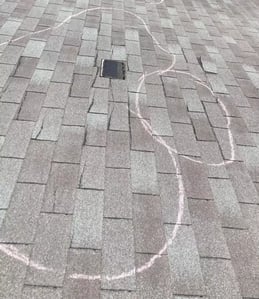
If you’ve recently battled through a big storm, you should really take a look at, or have someone else look at, your roof’s condition. Strong winds can do a lot of damage by blowing up and under asphalt shingles, hail can cause dents and cracks on the shingles, flashing, and other penetrations, and sometimes debris can be blown around, potentially breaking whatever it comes into contact with.
Severe storms can damage roofs of all ages, but if your roof is older, say a decade or more, you will absolutely need to get it looked at as soon as you can.
Water that hits an exposed section of your roof, whether it's on your shingles, or at your penetrations, will immediately slip into your decking, especially if no additional protection was installed underneath. The water damage will rot out your roof decking, which is the wooden boards that connect your roofing material to the frame of your home.
Another issue that is made worse by not having additional layers of protection like ice & water shield or underlayment, is the buildup of debris in your roof’s valleys, or in your gutters. Leaks happen all the time at these areas, especially on houses that are surrounded by trees.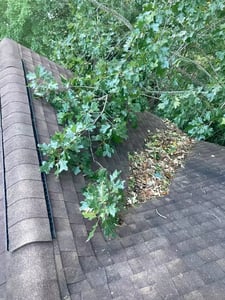
As trees drop their leaves, needles, or branches, they will usually fall down your roof, and collect in your gutters (if you don’t have gutter guards), or in your valleys. If you don’t know what a valley is off the top of your head, it’s an area where two roofing surfaces intersect in a V-shape, providing a perfect place for debris to get stuck.
If you don’t clean these places out regularly, you’ll be in for some trouble, as the debris will build up and trap water underneath. After the next rain, go outside and pull up some pine straw or leaves, and see just how wet it can get under there. Now, imagine that on your roof! The water will wear down that patch of your shingles much faster than it otherwise would, and will likely begin to damage your roof decking.
These days, good roofing companies use ice & water shield, a water-resistant adhesive strip that we mentioned earlier, to further cover up these sensitive areas, and prevent this from happening as quickly. Of course, another way to stop this, is to regularly clean out your gutters, and valleys.
Roofing is job performed by humans, and unfortunately, mistakes do happen. You can minimize the chances of these mistakes happening by hiring a roofing company with lots of experience, but in case you didn’t you may find yourself having a leaky roof pretty early on in its life.
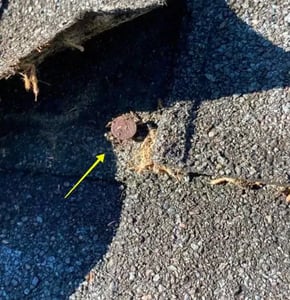 One of the common mistakes that we see inexperienced roofers doing is improperly nailing in the shingles. The nails on a roof must be driven in the appropriate amount in order to keep the roof shingles seal intact. If the nail heads are sticking out slightly, water will be able to latch on and slip through the nail hole. If the nail is overdriven, it may have gone entirely through the shingle, which punches a hole in the first line of defense that your roof has.
One of the common mistakes that we see inexperienced roofers doing is improperly nailing in the shingles. The nails on a roof must be driven in the appropriate amount in order to keep the roof shingles seal intact. If the nail heads are sticking out slightly, water will be able to latch on and slip through the nail hole. If the nail is overdriven, it may have gone entirely through the shingle, which punches a hole in the first line of defense that your roof has.
These leaks will get right into your roof decking, which, if widespread enough, can get pretty costly to repair.
The answer to this question will really depend on what kind of leak you’re dealing with, and if you’ve got any rain in the forecast.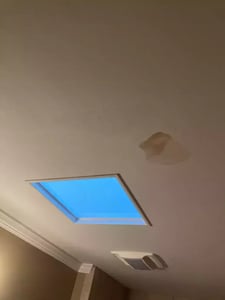
If your leak is already big enough that it’s caused heavy damage to your decking, or is leaking into your house, you should address it immediately. It may take some time to sort out payment with your insurance, or when to schedule the repair, so the sooner you can get the leak identified and inspected, the better your chances are of preventing further damage, and saving some money on the repair.
Regardless of the size of the leak, you really need to at least have your leak inspected and covered up by the next rainfall, but if it is a smaller section, that might be enough to keep your home dry in the short term. That being said, we do not recommend doing that, as there’s a really strong chance that if you don’t get it repaired at the first possible opportunity, any warranties or insurance money that your roof could have qualified for will be voided, and you’ll be left paying for it on your own.
If you’ve got adequate homeowner’s insurance, there’s a good chance it will cover at least part of the damage that was caused by the storm, which could even lead to a full roof replacement.
If this is a route that you’re interested in exploring more, check out our blog that talks about using homeowner’s insurance to pay for a roof replacement!
On Tops Roofing has been providing roof repairs and replacements to homeowners in the Raleigh, North Carolina area since 1991! We’ve installed more than 15,000 roofs in our time, so whatever problems your roof needs fixed, we have the experience to handle it!
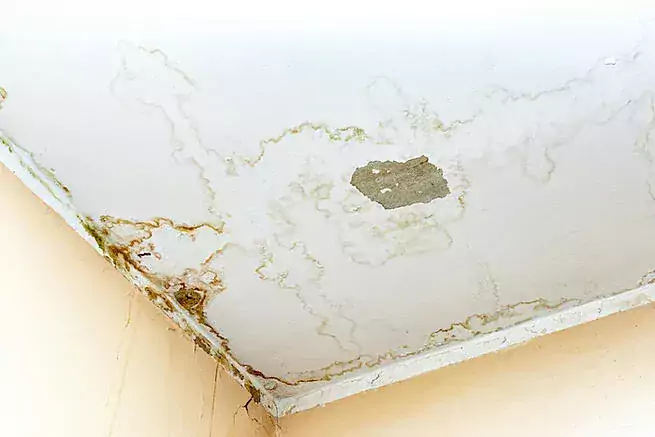
Finding a roof leak is stressful. Not knowing where the roof leak is coming from or how to fix it is even more stressful. Trust us, we’ve been there...
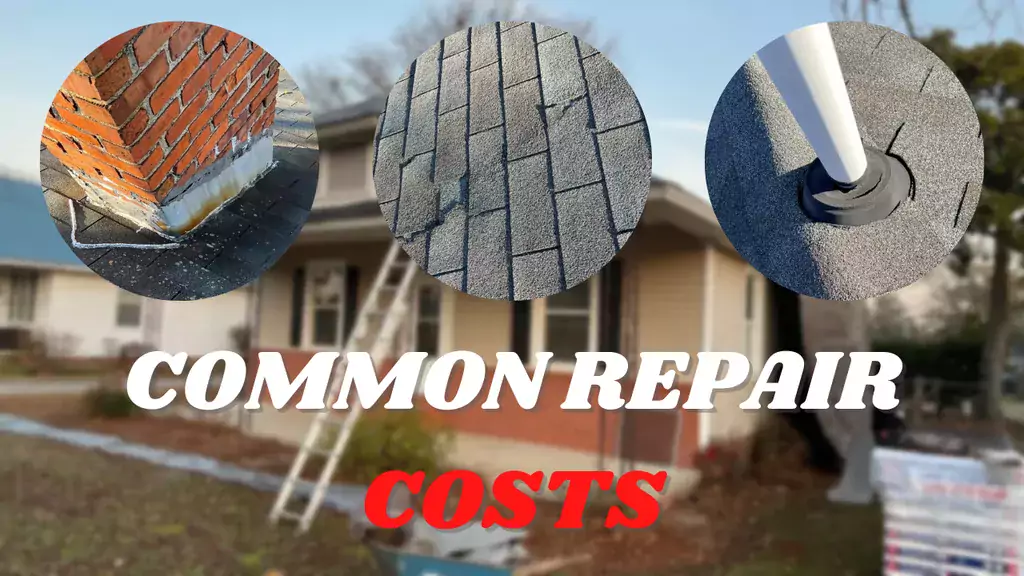
One time or another, most people have had to deal with one of home ownership’s most annoying problems: a roof leak.
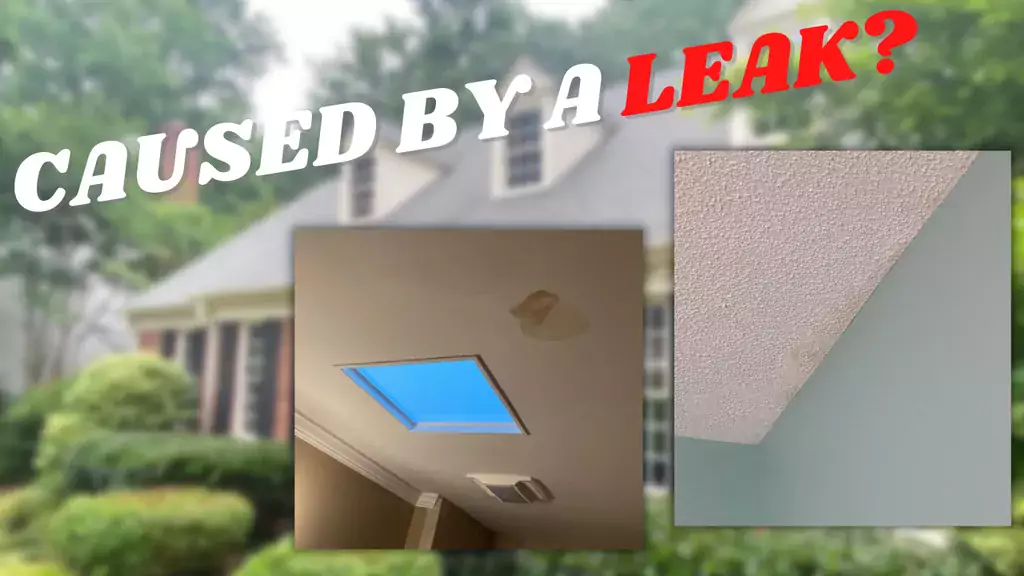
When you first spot a dark spot on your ceiling, there’s no telling what thoughts race through your head, and what PG-13 words may slip out of your...